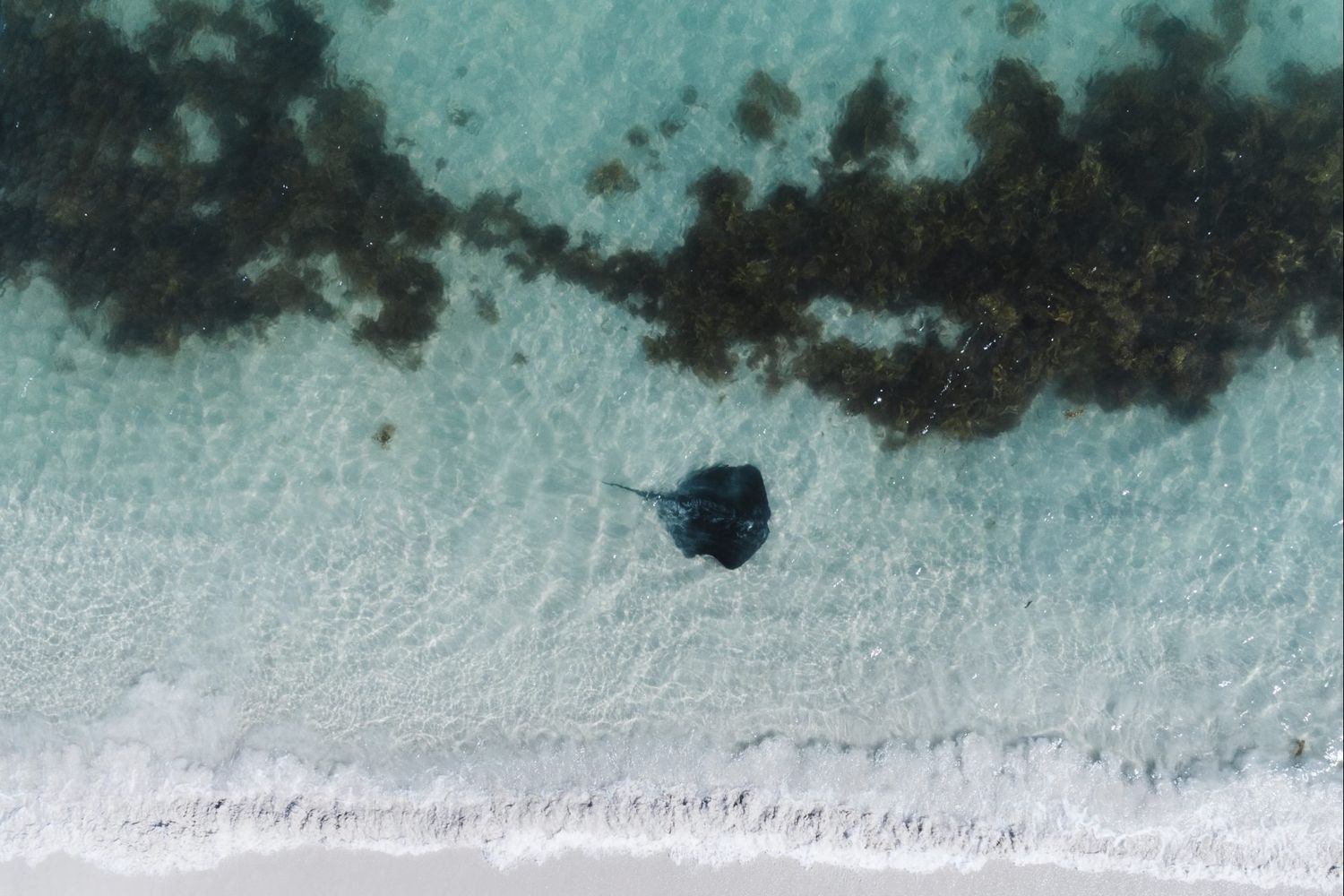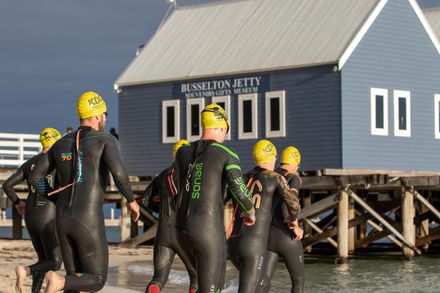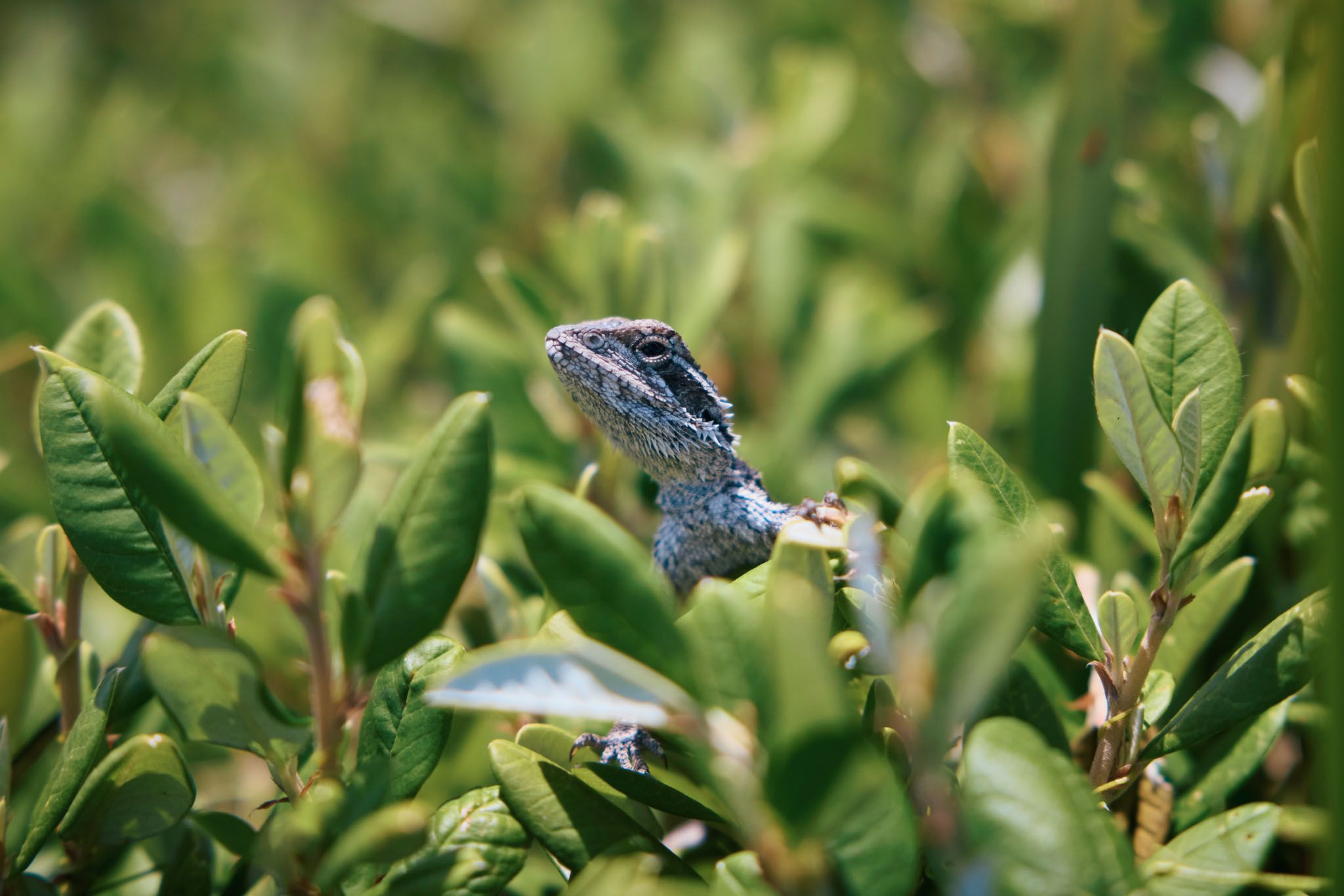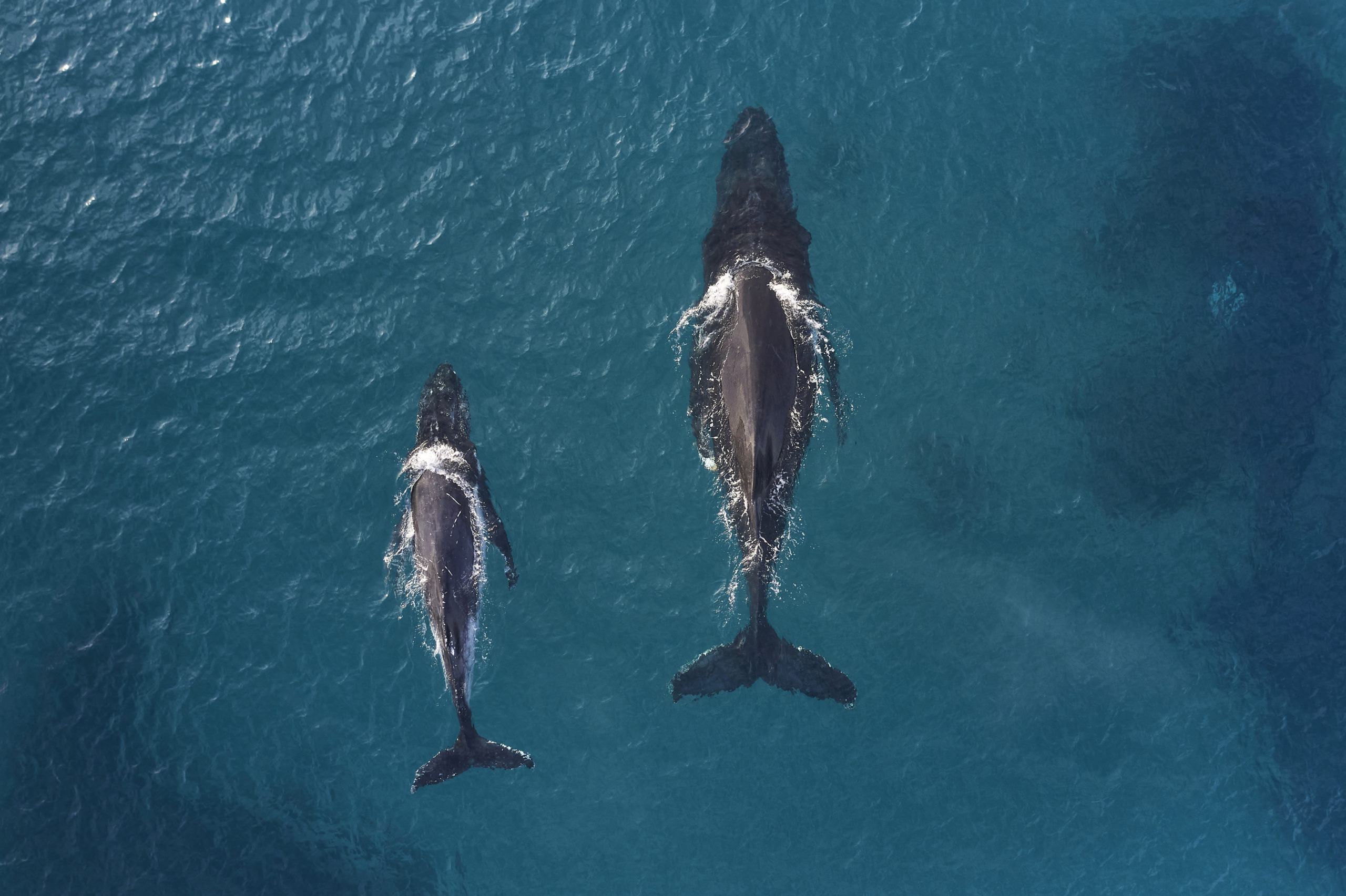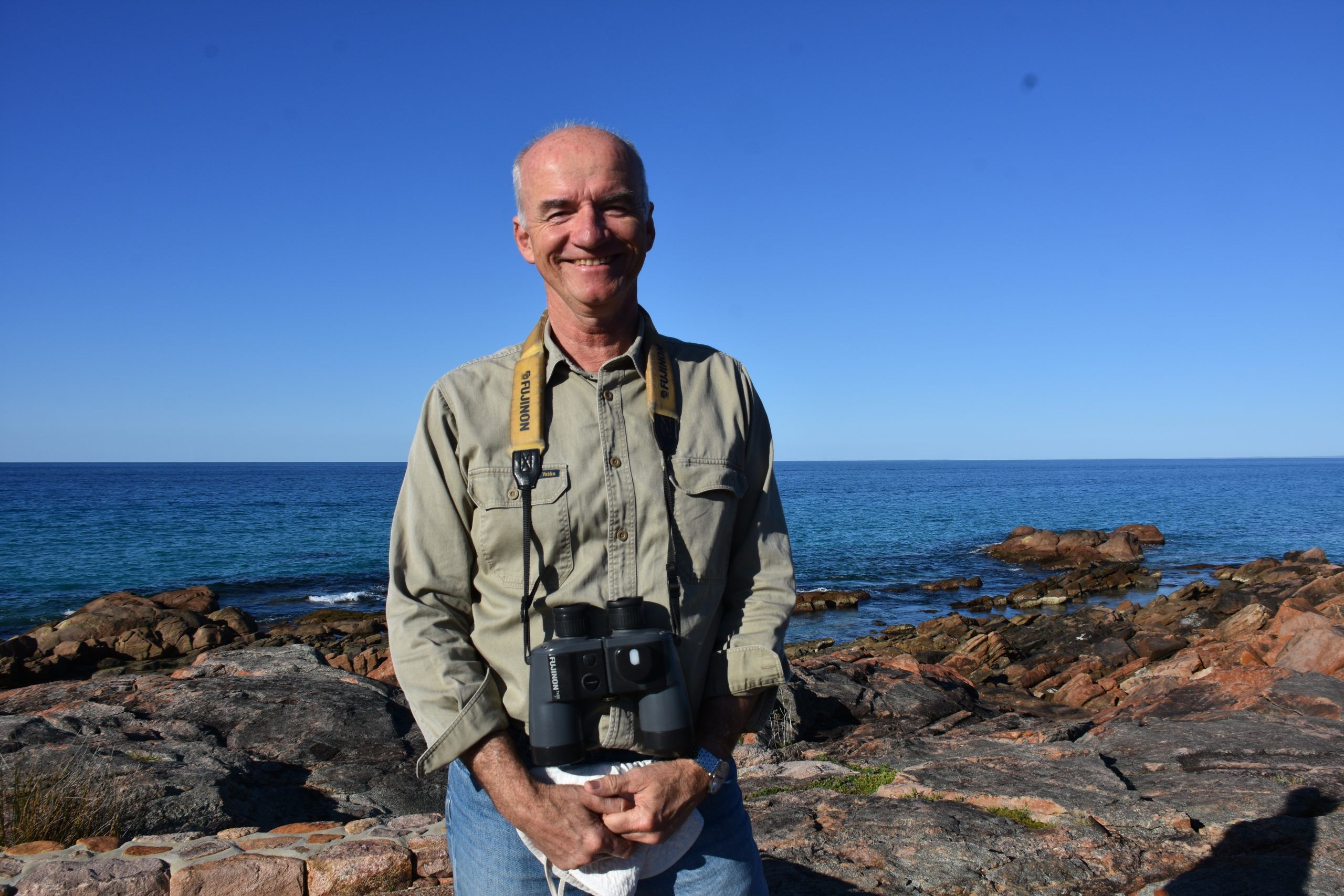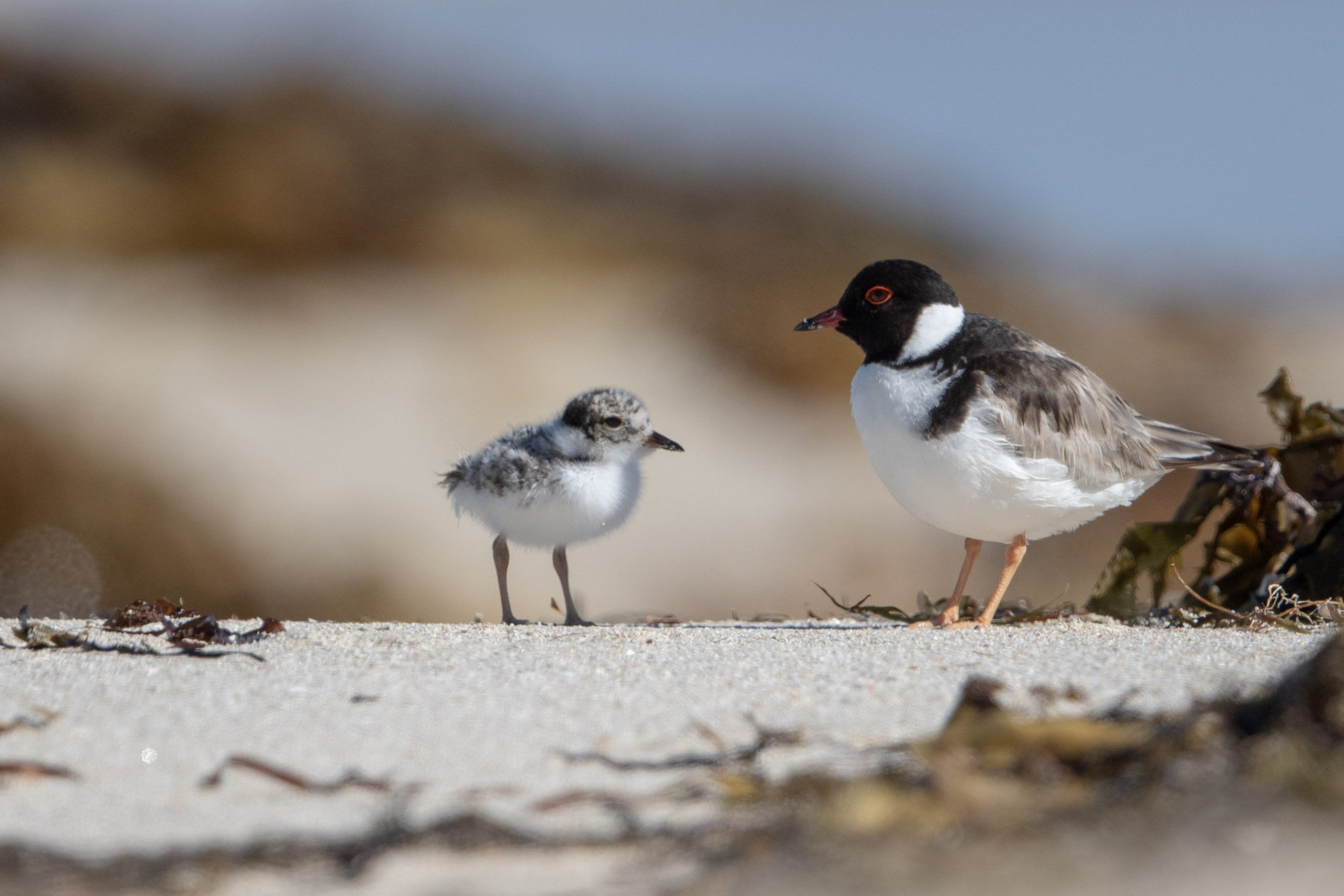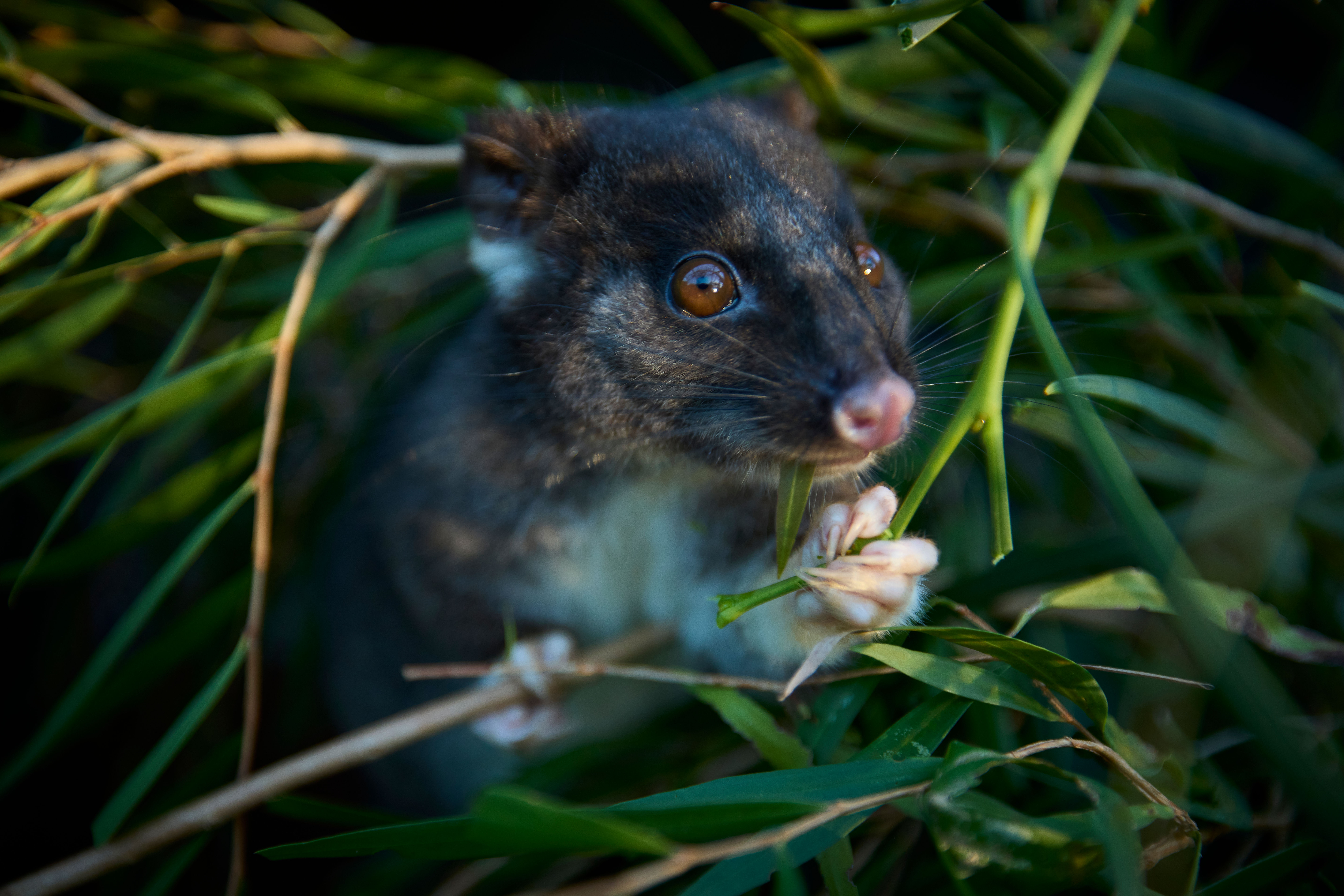The western ringtail possum is a smallish possum found only in South Western Australia, and is also a critically endangered species.
Destruction of the forests they call home, predators such as foxes, domestic cats and dogs and road strike are responsible for the possum’s decline, and only 5,000-8,000 Western Ringtail Possums are estimated to remain in the wild.
“Domestic dogs and cats have a huge impact on the local possums. Even a harmless scratch from a cat can kill a possum quickly from infection.”
A dog barking can cause a possum to fall, and if the dog then picks up and plays with the possum, it can be enough to kill it from fright. According to Nicole Lincoln from GeoCatch, keeping your pets secure at night is a big help.
Following the Margaret River bushfires in 2011, the owners of Passel Estate have built a dedicated bushland wildlife sanctuary for possums as well as to quendas, phascogales and white- and red-tailed black cockatoos.
Wendy and Barry have since installed two soft-release enclosures alongside the creek line, to enable the successful rehabilitation of more western ringtail possums at the estate, working alongside local conservation groups.
A sizeable portion of the proceeds of each Nature & Wine Walk at Passel Estate goes directly towards further conservation efforts.
